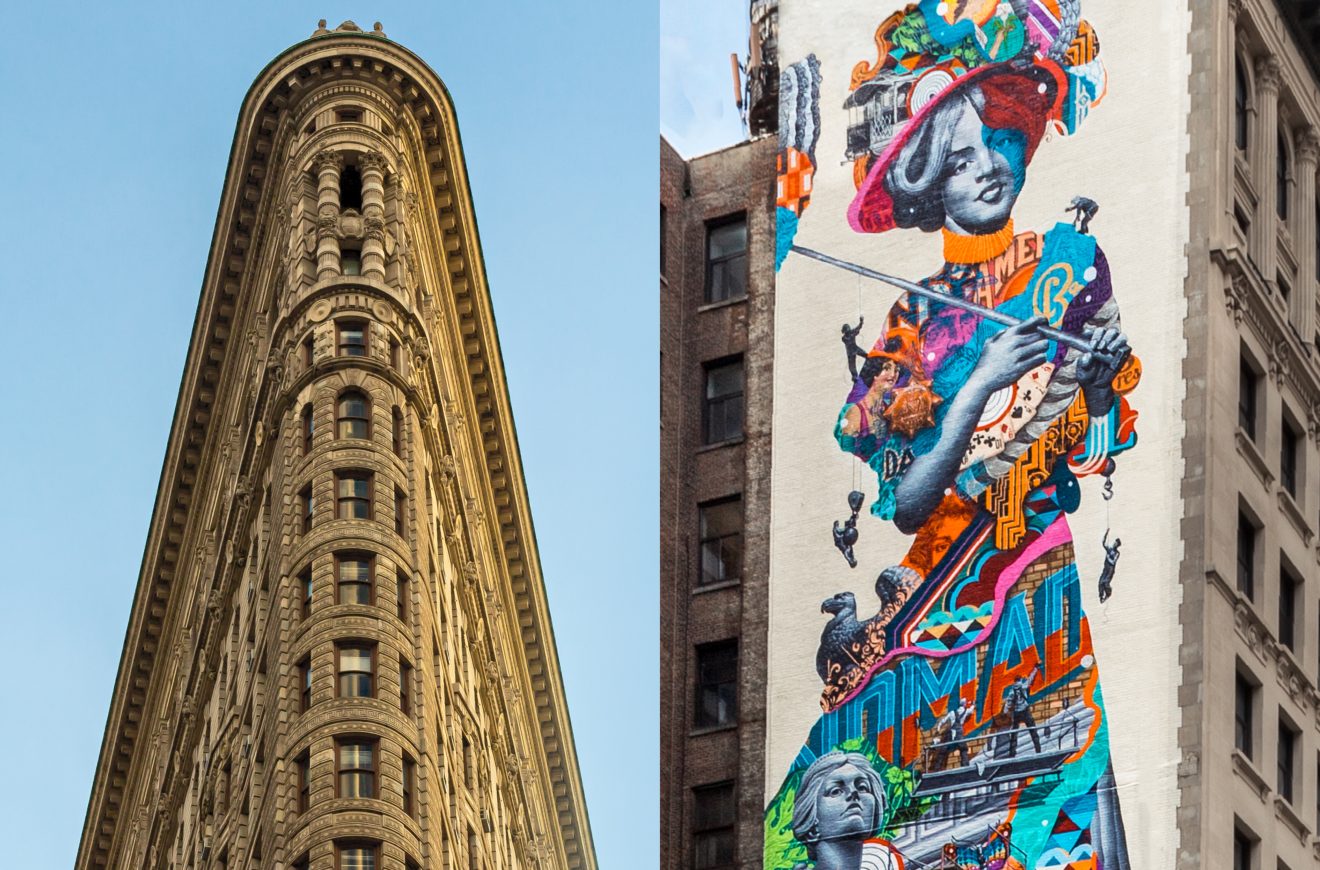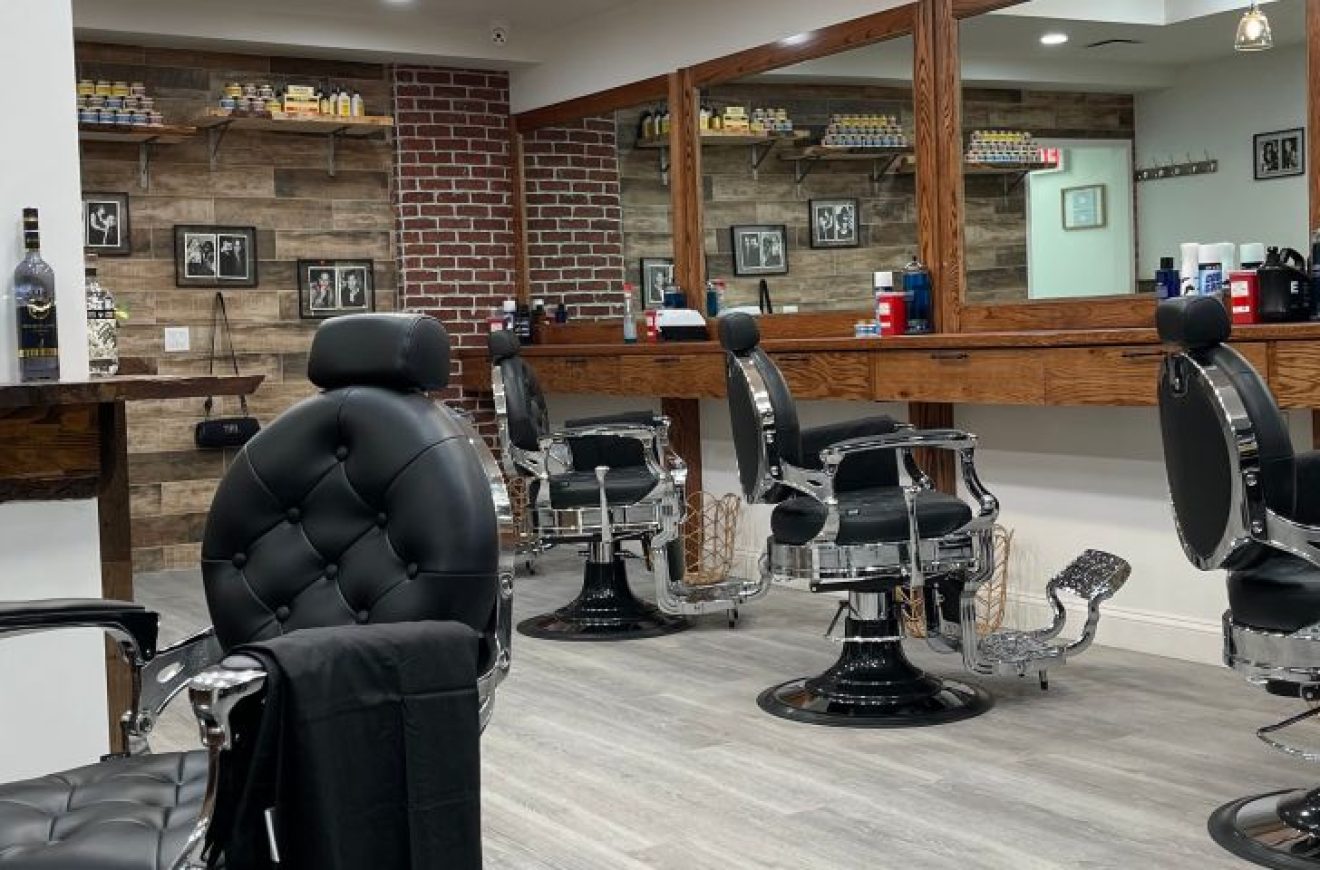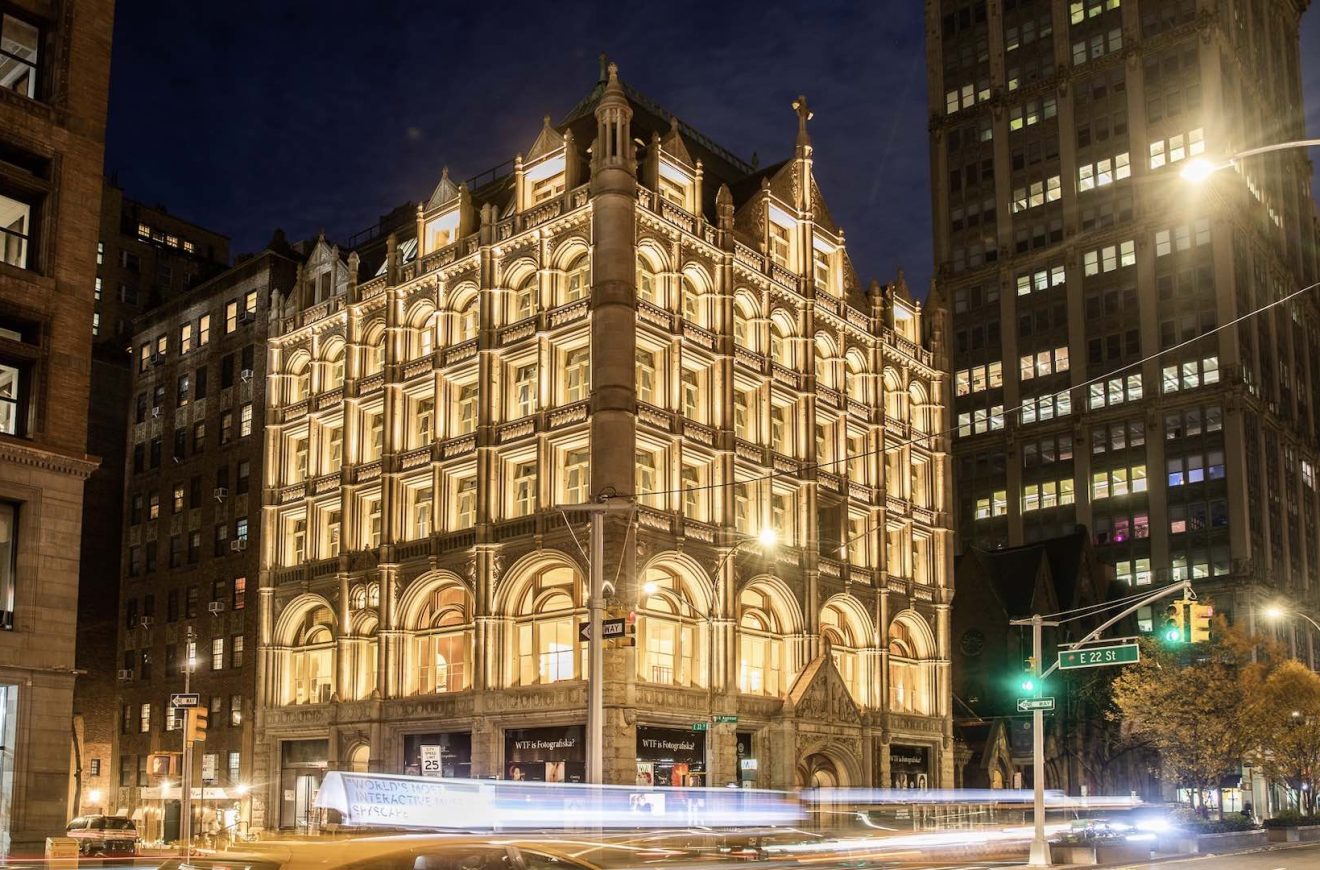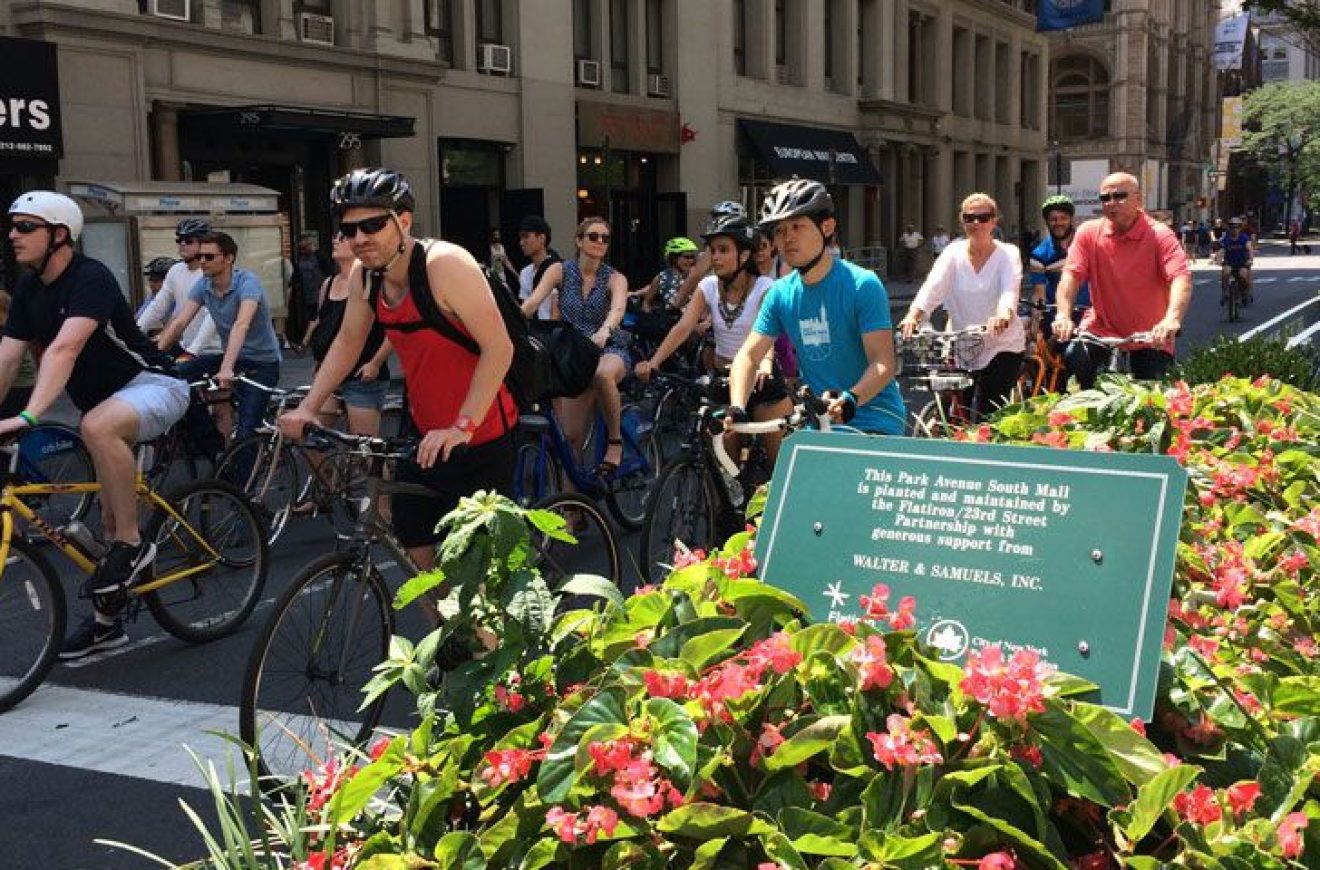Op-Ed: Creative Use of Public Space Can Help New York Weather a Socially Distant Winter
Dec 10, 2020

James Mettham
Peter Knutson
Dag Folger
This column first appeared in Crain’s New York Business on November 5, 2020.
The pandemic has challenged how and where a great number of us work, with entire companies and sectors of the economy transitioning staff away from the office.
Six months into this dramatic shift that many thought would be temporary, only 10% of white-collar Manhattan has returned to the office.
Despite being isolated from colleagues, many claim to be just as productive, if not more so, while working from home. These early observations have led to claims that the primacy of the office is over, that we’ll continue to work from home, and that business districts that rely on a daily influx of office workers to catalyze economic activity are likely never to recover.
This is a misreading of the moment.
The lesson to mine from this moment isn’t that work from home is the future, it’s that many office workers can work from anywhere. Companies that offer employees the flexibility they desire and diverse, vibrant neighborhoods that offer amenities that enhance daily work will be at an advantage going forward.
With the freelance and gig economy, we have seen for more than a decade that those with the choice do not completely eschew office settings. The Great Recession created an increase in freelance work along with a boom in coworking spaces. Many people felt that lively, diverse social places would help them do their jobs better, and they were willing to commute to and pay for the use of flexible workspaces.
This isn’t to say that offices won’t change or adapt or that requiring workers to report to a central office is or isn’t in the best interest of companies. Many workplaces will physically shrink as fewer people come in each workday. Rather, as office spaces focus less on housing all employees and tasks that can be accomplished anywhere with reliable Wi-Fi, they should focus more on being a destination for collective activities that can happen nowhere else.
With smaller office footprints, companies may have more neighborhoods to choose from. The neighborhoods that thrive will be those that offer amenities that enhance work. That doesn’t just mean restaurants or cultural experiences that simply offer a break or a distraction, but amenities that actively support the workday.
That is why we’re bullish on the future of the Flatiron and NoMad neighborhoods, and other areas throughout the city should feel good about their prospects for a strong recovery too.
The pandemic has fostered creative approaches on how the public realm can support socially distanced activities, including business support. We have embraced the city Department of Transportation’s Open Streets initiative, which reallocates streets to create more open space for pedestrians, and the Open Streets: Restaurants program that allows restaurants to use sidewalks, curbsides and roadbeds to seat customers.
We are continuing to look for creative and flexible streetscape amenities in Flatiron and NoMad that build off the success of the city’s open streets and outdoor dining initiatives. This fall, the Partnership and other business improvement districts are piloting flexible curbside seating modules for the public to meet, eat and work safely outdoors. We encourage the city to play a proactive role in helping coordinate planning between public and private actors to facilitate more of these types of innovative amenities across business districts
These are all examples of how neighborhoods are evolving to create a welcoming environment that reduces stress and offers reasons for people to spend time in the area.
But it’s only the beginning.
We know we must continue to think innovatively about how to best support the 90,000 people who make up the greater Flatiron and NoMad office workforce and consider the spectrum of diverse needs to be met.
Home is working in a pinch, but we’re all still deeply social. In the future, where we work will be unbound by convention and technology (to a degree, we’ll still need strong internet connection). Instead where we work will be driven by the relationships, the engagements and the environments that make us good at our work. Amenities that anticipate the needs of working parents (including people who are pregnant or nursing), differently-abled employees, those balancing caregiving or other domestic responsibilities, and those from a variety of economic and cultural backgrounds will allow employees to focus more on the job and less on the roadblocks to collaboration and productivity.
Where we work may become a choice, not an expectation. Workplaces will not be where we have to be, but where we want to be. In the future, the cities and neighborhoods that create places where people want to go to work will thrive.
James Mettham is the executive director of the Flatiron/23rd Street Partnership. Peter Knutson is the chief of strategy and Dag Folger is the cofounder of Architecture Plus Information.







